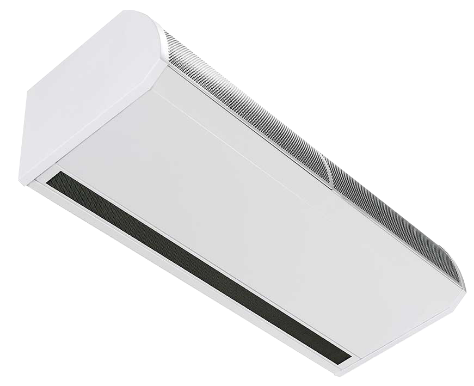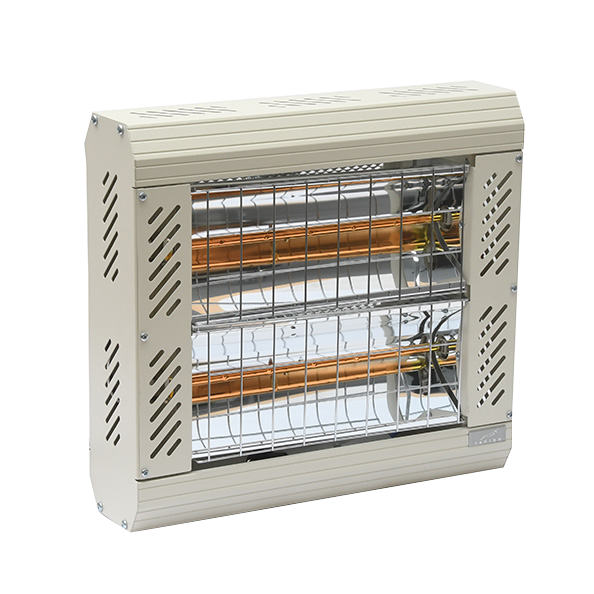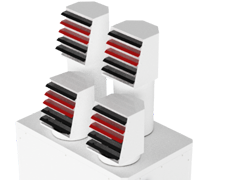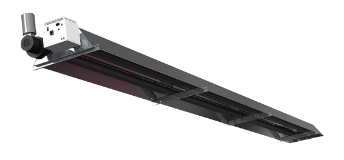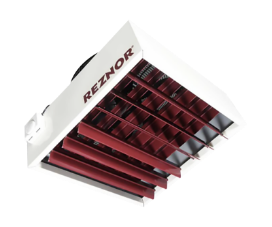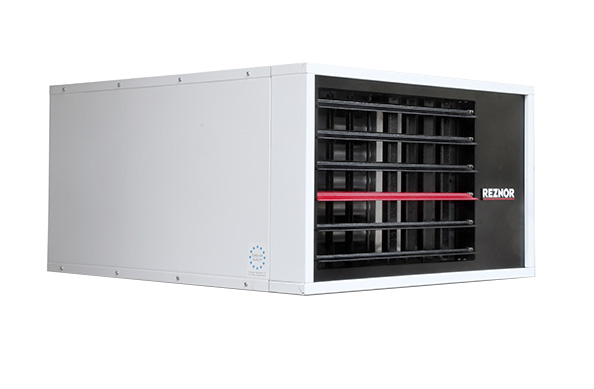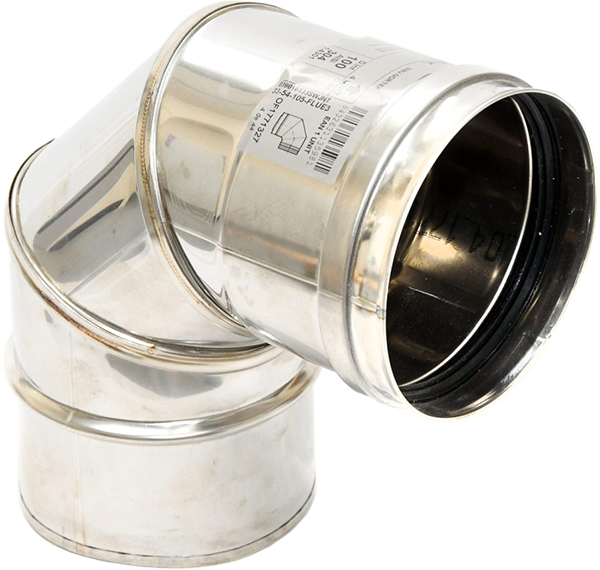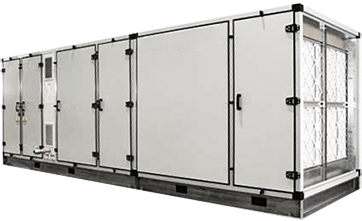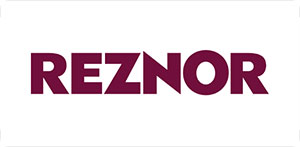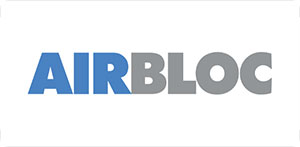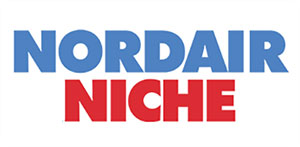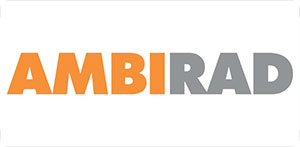At school we were all taught that when air is heated, it rises. Why is that and what can we do to minimize the impact when heating our premises? After all we work and live on the floor, not the ceiling!
When air is heated it expands and becomes less dense than the air around it, causing it to float. Combine this with the surrounding air pressure and the warmer air rises. This is simple physics.
We cannot change the laws of physics, however there are a couple of simple things that are imperative to consider when designing a heating system that can help mitigate the impact of rising warm air (stratified air).
1. Make sure you select the correct type of heating system. For spot or localized heating, a radiant system may prove best with a smaller impact of stratified air.
2. When installing warm air heaters, always use de-stratification fans. Theses fans are low cost and will ultimately pay for themselves in no time, as well as improving air distribution throughout your heated space.
3. Fit modulating burners on your warm air heaters. This will help the heating system maintain the required temperature much more effectively, preventing much higher air temperatures being introduced into the space than needed. Remember the lower the temperature, the less tendency to rise.
4. Consider installing a high induction air distribution system. An induction system typically comprises of a ducting system fitted at high level, with a series of nozzles or outlets that discharges air volumes at high velocity and lower temperatures. This high velocity air stream induces the stratified air within the roof space, mixing both together resulting in lower velocity and temperature air.

